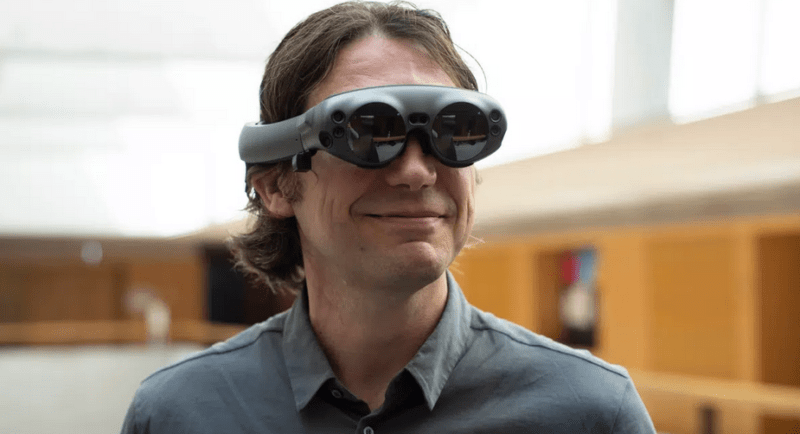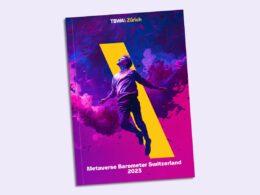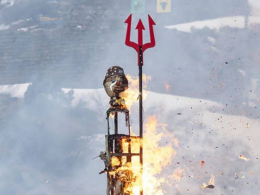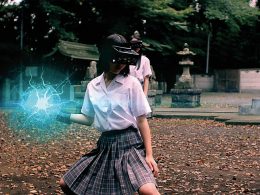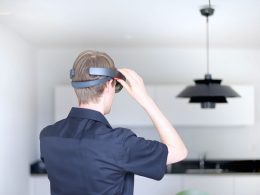The European cultural and creative industries are to become fit for the digital age. An international research team with HSLU participation is currently working on a project that uses extended reality technology.
Making art exhibitions virtually accessible - an international team of researchers wants to make this a reality. The European Union has launched an international research project called "TransMIXR". A research team from the Lucerne University of Applied Sciences and Arts is also involved.
The declared goal: to make the European cultural and creative industries fit for the digital transformation. And to give them the necessary tools to exploit digital opportunities in their work. The whole project is to last three years. The researchers have a good ten million euros at their disposal.
Laypersons should be able to create VR content
Computer science researcher Aljosa Smolic is right in the middle of the hustle and bustle about virtual worlds. He and his team from the Immersive Realities Research Lab at the Lucerne University of Applied Sciences and Arts are part of the "TransMIXR" project and will receive 800,000 euros from it. He explains the impetus for the project: "Virtual and augmented reality technology is currently generating a lot of interest. But producing content for it requires a lot of expertise." With "TransMIXR", this should also be possible for non-professionals.
"In the future, AR and VR content should be as easy to create as you can edit pictures with Instagram filters," says Smolic. His team would be specifically responsible for the programme used to create the content. He imagines the whole thing something like this:
A journalist goes on a report and takes various pictures and videos. Back in the newsroom, she loads all the recordings into the programme and edits them together as easily as a normal video. The finished video can then be embedded on the website, for example, or uploaded to a special web tool. There, readers can immerse themselves in the villa and virtually explore it together with the journalist - or even take a few steps themselves.
Media and cultural houses are involved in the project
Directors, for example, should be able to do the same with their new theatre or opera production. Or gallery owners with the latest art exhibition. "Creatives are thus given the opportunity to create new content and formats. To be able to position themselves in future markets," Smolic is convinced. The EU project also has the goal of not just leaving the virtual market to tech giants like Meta and Google. So that museums can design virtual exhibitions without first having to shell out hundreds of thousands of francs for a virtual piece of land in the metaverse.
But until then, the research team will develop the programme in several pilot projects. A good third of the consortium behind it are potential users. For example, the French press agency AFP, the Baltic Film & Creative Tech Cluster from Lithuania or Radiotelevizija Slovenija, the public broadcaster from Slovenia. However, Smolic says he is also looking for potential partner companies from Switzerland.
Source: zentralplus





